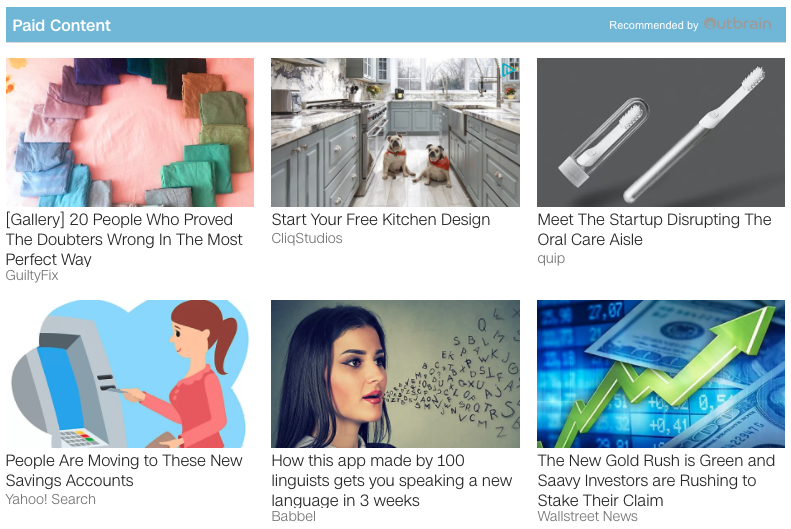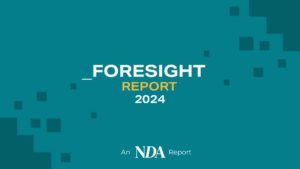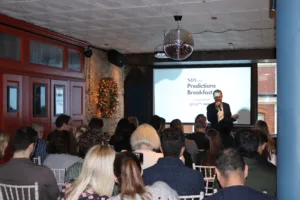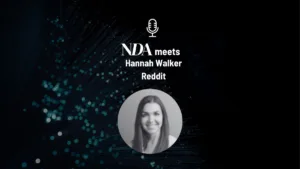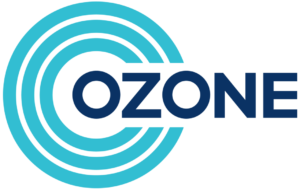By James Milne, Managing Director, Northern Europe Outbrain
Native ad spend in the UK is expected to increase from approximately $6 billion currently, to around $27 billion by 2025. This will make the country Europe’s largest native advertising market.
But despite its huge growth – with Outbrain connecting advertisers to more than one billion people on the open web – native advertising can be misunderstood by those outside of the digital and marketing sectors. So, what is native advertising all about?
Native Advertising: an overview
In the simplest terms, Native Advertising refers to the use of paid advertisements that match the look, feel, and function of the media format in which they appear. Native ads don’t look like ‘traditional’ ads because they don’t disrupt the user experience, or interrupt the editorial flow of a page.
It’s likely you’ve seen native ads places like:
- Social feeds – These native ads mimic the look of an organic post but are tagged as “Sponsored” Search and promoted listings – These native ads match the format of search engine results page but are marked as an “Ad” Recommendations on publisher pages – These native ads appear as ‘sponsored or paid content” and create that “what’s next” moment so that consumers can continue reading and exploring on the site. With a Time Inc, study showing that the vast majority of consumers want brands to share custom content, content recommendations often help to drive brand equity.
The effectiveness of native advertising
Native advertising offers an effective solution for building a brand due to several factors. Firstly, it is more noticeable than other digital marketing channels, with one study showing that 25% more consumers are exposed to in-stream native ad placements over standard banner ads. Additionally, consumers look at native ads 53% more frequently than display ads.
Among the most common concerns about modern advertising is that the content is both intrusive and irrelevant. This has been strongly supported by consumer research, with a Hubspot Study revealing that 83% of people agree with the statement, “Not all ads are bad, but I want to filter out the really obnoxious ones”, and a further 77% agreeing with the statement, “I wish there were a way to ad-filter instead of ad-block completely.”
However, due to its inherently unintrusive nature, native advertising avoids aggravating the consumer and ultimately results in higher engagement rates. According to a new study on native advertising from Facebook and IHS Inc. native ad units drive 20% to 60% higher engagement rates than traditional banners. In the past 18 months, when marketing budgets have been squeezed by the pandemic, this cost effectiveness has never been more important for marketers.
The role of native advertising in a post-pandemic recovery
The pandemic has drastically changed consumer behaviour. Two key takeaways for marketers from the last 18 months include the growing popularity of online shopping and the growth in content consumption.
This growth in e-commerce means native advertising has become increasingly important as the two are heavily entwined. And although we are now emerging from lockdown restrictions, consumers are likely to rely on online solutions to undertake a whole manner of activities, which means e-commerce is set to grow in prominence.
Consumers are increasingly savvy to advertising, especially if it is self-serving for the advertiser. Native advertising instead offers a subtle alternative that is even more important in today’s age of mass digital media. According to research, 70% of users would rather learn about products through content than through traditional ad methods. According to AppNexus, native display ads achieve a CTR that is 8.8 times higher than regular display ads. Native ads have also been found to increase purchase intent by as much as 18 percent.
The future of native advertising
Part of the reason why native advertising is trending pertains to the fact that third-party cookies are beginning to become eradicated. This means that brands and marketers can no longer rely on traditional online advertising methods.
Firefox and Safari already block tracking cookies by default. Similarly, Apple has recently updated its mobile software meaning that users now encounter pop-ups in the apps they use, asking whether they want to allow the app “to track your activity across other companies’ apps and websites.” The user can then select whether they want to give the app permission to track them.
Added to this, not only has Google’s Chrome browser joined the third-party-cookie-blocking fray; they recently announced that it will not roll out alternative user-level ad identifiers to replace third-party cookies.
Whilst this is a major change in principal towards a more ethical digital world for consumers, large amounts of cookies were already blocked anyway. An ad-serving firm analysed 20 advertisers and more than 5 billion impressions in fourth quarter 2017, and found 64% of their tracking cookies were either blocked or deleted by web browsers.
The so-called “death of cookies” is continuing to pave the way for native advertising to become the main form of advertising. Marketers can use contextual targeting to reach the end consumer, without exclusive reliance on third party data. For example, we’re able to leverage our own publisher network to gather data on the topics that consumers are interested in. Data analysis can then be run, allowing us and marketers to build up a far greater understanding of various audiences and their interests, linked to the content that they choose to consume. With this knowledge, marketers can then target audiences with millimetric detail, without running into data privacy concerns on the consumer side.
At Outbrain specifically, marketers can use our own proprietary Interest Graphs – which leverage first party data from all of the consumers that engage with our content – to target consumers based on their interest, similar to what was previously done with third party cookies.
The death of cookies and new consumer behaviours born from the pandemic have accelerated a trend that was already on the rise. It is clear that native advertising will continue to grow in popularity in years to come and will become increasingly present in the marketing landscape. On this basis, it is wise for brands to get on board and understand how it can be used to improve the manner in which they launch and manage advertising campaigns.


